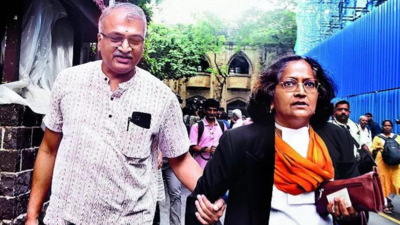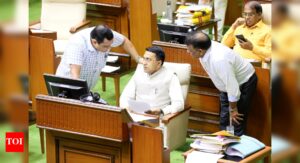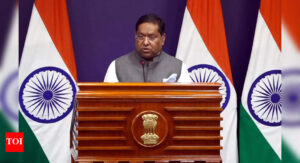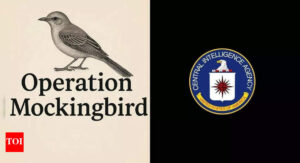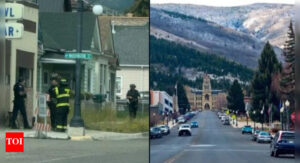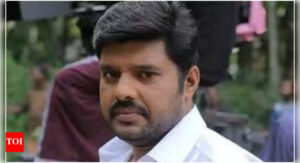Malegaon blast case: Bomb could have been placed later on motorbike, says judge | India News
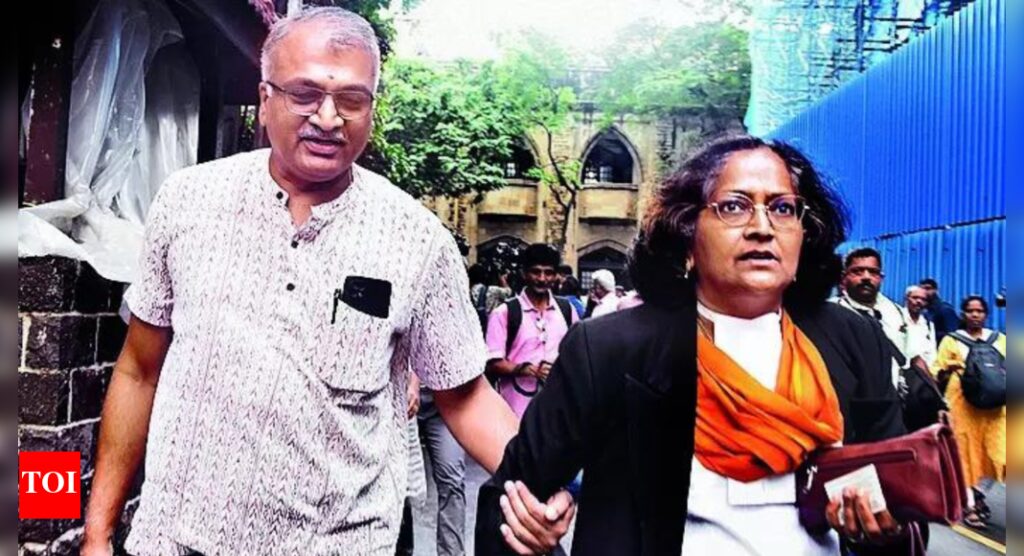
MUMBAI: Thursday’s judgment in the 2008 Malegaon blast case, in which all seven accused were acquitted, also focused on the failure to establish that a bomb was fitted inside a motorcycle. Based on the evidence, the judge said a bomb could have been placed later on the bike. Refuting the prosecution’s case, the judge also noted that it could not be proved that the bike on which the bomb was allegedly fitted belonged to Thakur, that RDX was procured by Lt Col Prasad Purohit from Kashmir, or that he assembled the bomb.The judge also found sanction orders granted under the Unlawful Activities (Prevention) Act to be defective and invalid, issued without “application of judicial mind”.The NIA judge said the conspiracy in Malegaon blast case remained unproven due to absence of evidence and witnesses who would testify that a series of meetings were held by the organisation named Abhinav Bharat to plan the attack.ATS probes focused on the alleged conspiracy by a group intent on avenging perceived atrocities against Hindus. The crux of prosecution’s case was that the plot revealed an effort to strike terror by orchestrating a bomb blast in Malegaon, a Muslim-dominated area.However, the judge said to show that the main elements of the conspiracy were finalised at Faridabad and Bhopal, the prosecution was not supported by “material witnesses” and the testimony of those who did was not “reliable and acceptable… other meetings which were held at Kolkata, Indore, Ujjain, Nashik and Pune, no acceptable evidence is present on these on record… witnesses have retracted from their earlier statements given to ATS. Therefore, neither conspiracy is proved nor meetings are proved,” the judge said. While it was alleged that that accused Ajay Rahirkar, acting as treasurer of Abhinav Bharat, collected donations and distributed funds to Lt Col Prasad Purohit, who was a trustee, as well as to Sudhakar Dhar Diwedi and Major Ramesh Upadhyay (Retd), Purohit used these funds for personal expenses, including house construction and paying for LIC policies. “But there was no evidence that the said amount was used for terrorist activities,” the judge said.The retraction by 39 of 323 prosecution witnesses of statements given to ATS considerably weakened the case. “Testimony of prosecution witnesses is riddled with material inconsistencies and contradictions,” the judge said.Referring to procedural shortcomings, the judge was critical of the handling of the crime scene. It was revealed that no rough sketch map was drawn, and the spot was not immediately barricaded, leading to contamination. The judge pointed out that a mob gathered at the spot after the blast, pelted stones, vandalised cars, caused damage to a police chowki, and snatched the firearms of police officers. He said a counterattack by police involved lathicharge, firing, and use of grenades.Despite the presence of a fingerprint expert, no prints, DNA samples, or other critical data were collected at the spot. The judge said since the spot was contaminated, analysis of articles found could not be considered 100% accurate anyway. Even material seized such as mobiles and laptops were not sealed as per due process.The judgment also raised concerns about procedures adopted for collecting voice samples and intercepting mobile communication. The judge observed that interceptions were not authorised in the specific period, and permissions were obtained belatedly. This rendered the intercepted data unusable as evidence. It was also noted that “narco analysis was carried out of the accused by ATS but not supported by documents and it was not filed on record”.The judgment even raised concerns about planting of evidence and tampering of material. It has called for an inquiry into the actions of ATS officer Shekhar Bagade, whose presence at an accused’s house was seen to be under suspicious circumstances. “House search of accused Sudhakar Chaturvedi tilt towards planting (of RDX) in the light of evidence of record. There was no conscious possession over the house, and articles, found at the relevant time,” the judge said. Chaturvedi was accused of assembling the bomb at his home, a claim he denied.The judge pointed out that despite allegations that Purohit had brought RDX from Kashmir, no evidence was presented to show its storage at his house or its use in assembling the bomb. Interestingly, NIA’s supplementary chargesheet in May 2016 had accused ATS of planting RDX traces to frame Purohit and, notably, gave a clean chit to Pragya Thakur and others, citing insufficient evidence. Despite NIA’s stance, the special court, on Dec 27, 2017, ruled that seven accused, including Thakur and Purohit, would face trial under UAPA, though charges under MCOCA were dropped.In his concluding remarks Thursday, the judge expressed awareness of “agony, frustration and trauma caused to society at large, more particularly to the family of victims, by the fact that a crime of this nature has gone unpunished”.“However law does not permit the court to convict the accused solely on the basis of moral conviction or suspicion,” the judge said.As per the judgment, a compensation of Rs 2 lakh is to be paid to families of those who died in the blast, while the 95 injured will receive Rs 50,000 each. The case, meanwhile, will continue against two absconding accused, Ramji Kalsangra & Sandeep Dange. Five different judges have so far presided over proceedings. The tenure of the current judge, A K Lahoti, was recently extended by Bombay high court till Aug 31, 2025 to ensure he could deliver the verdict.
